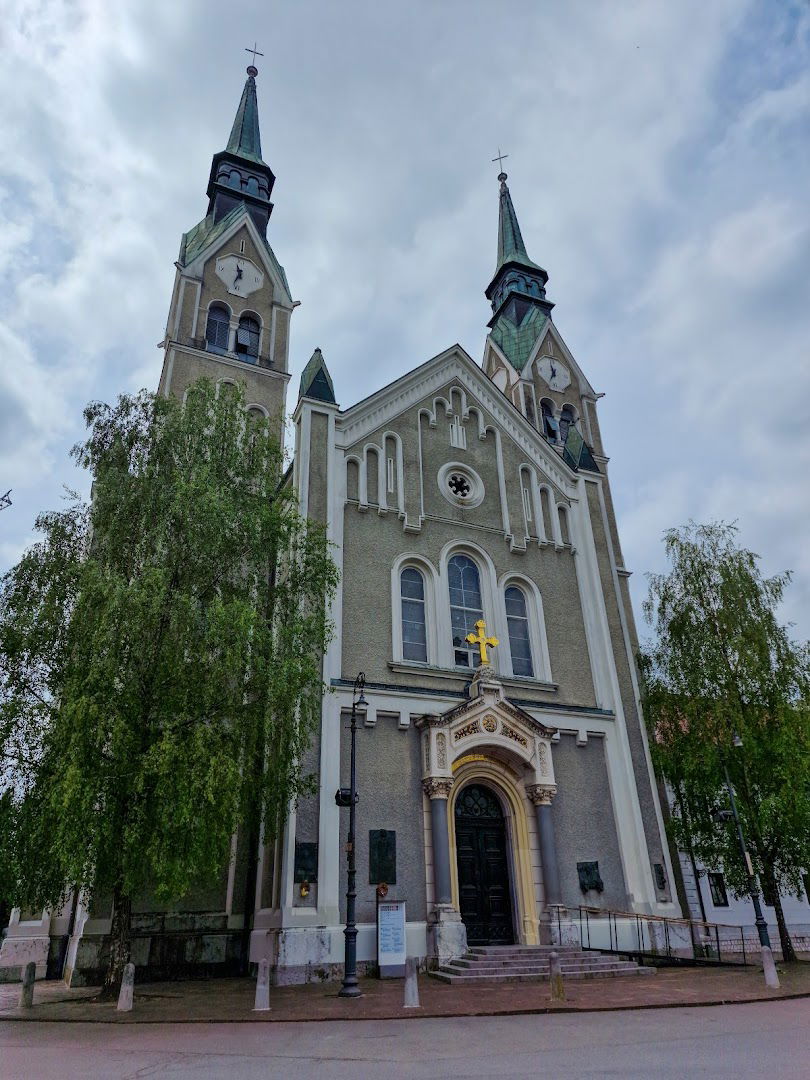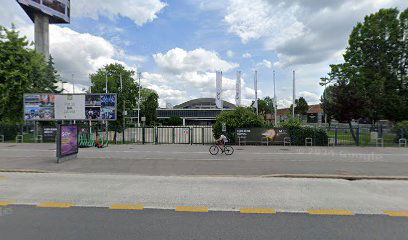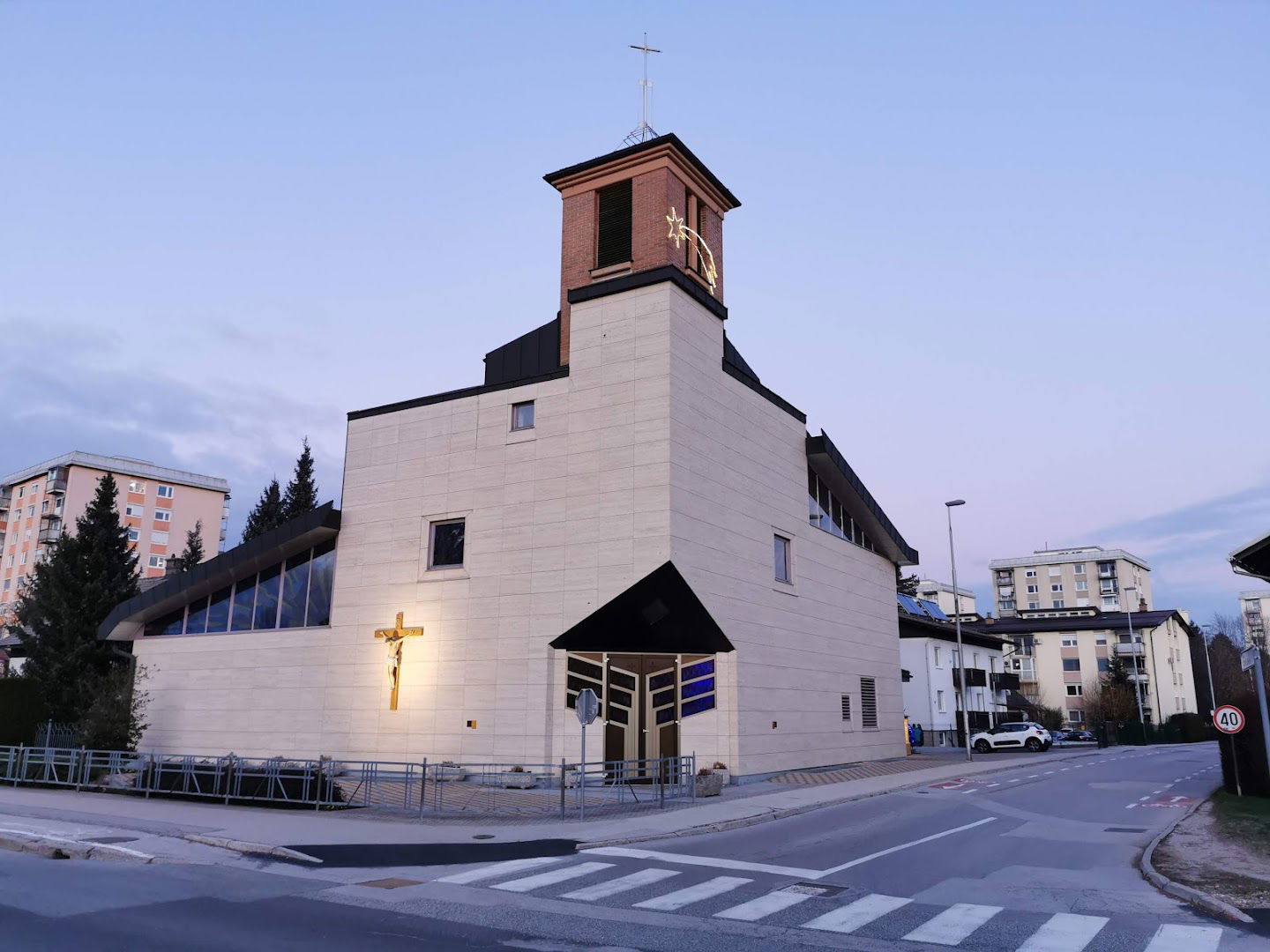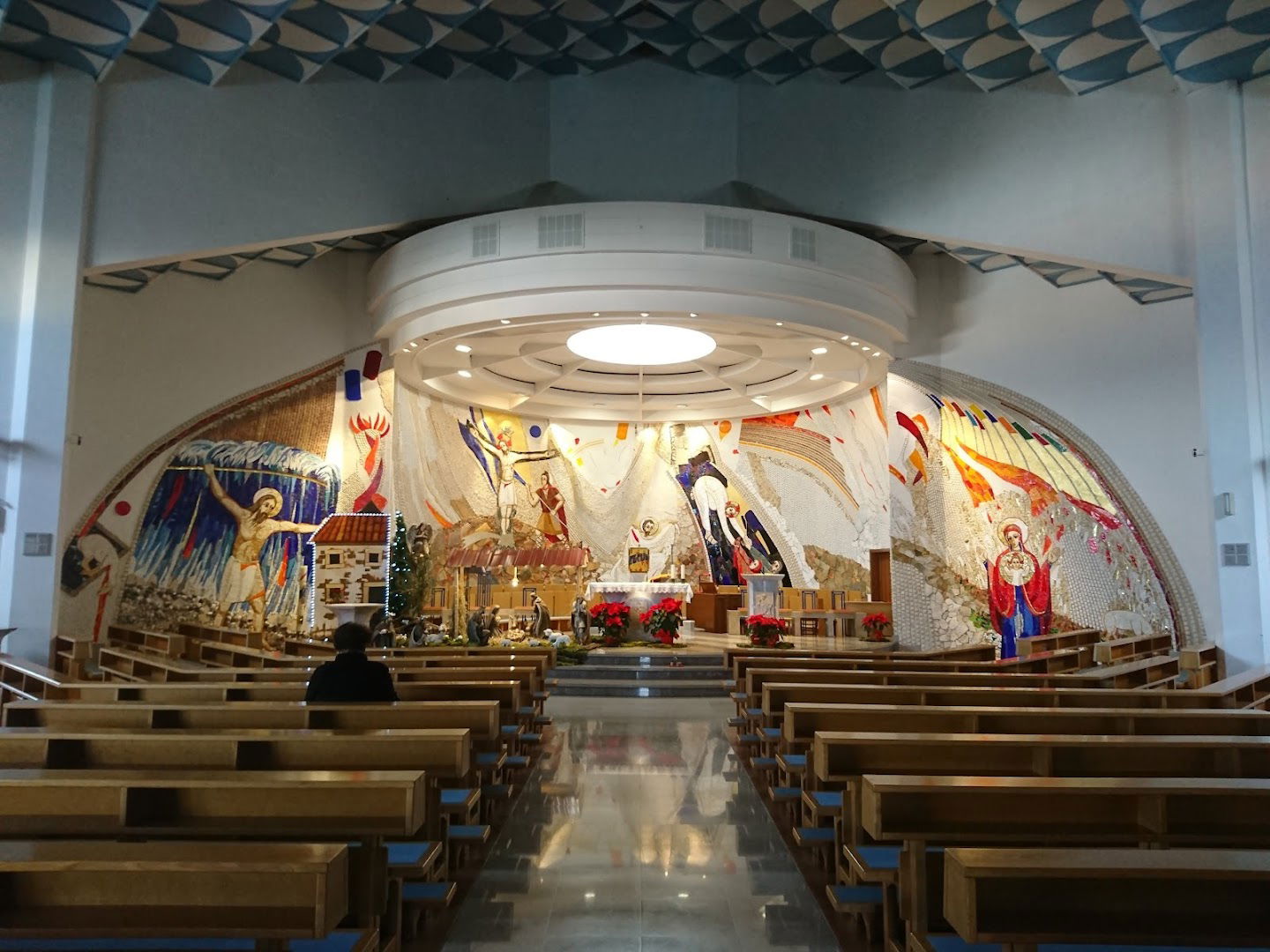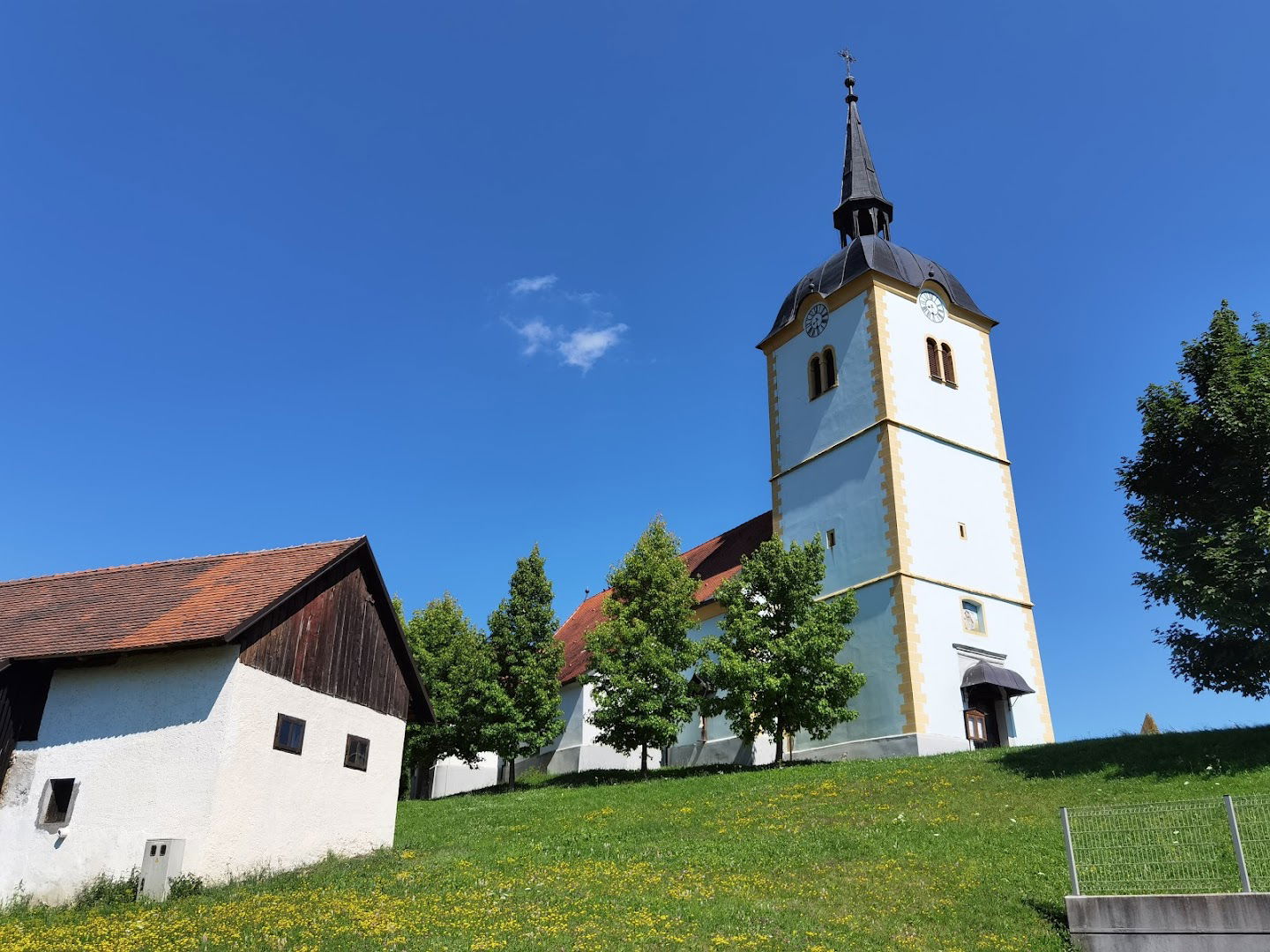Parish church. John the Baptist
Cerkev sv. Janeza Krstnika
Preveri vsa mnenja, ocene, odpiralne čase ter kontaktne podatke za Parish church. John the Baptist,
cerkev
v
mestu ljubljana.
Dnevni izbor ključnih novic iz družbe in Cerkve, poglobljene analize, pronicljivi komentarji, zgodbe ljudi dobre volje, video in avdio vsebine.
Dostopnost
- Dostop za invalidske vozičke: Da
- Parkirišče dostopno za invalidske vozičke: Da
